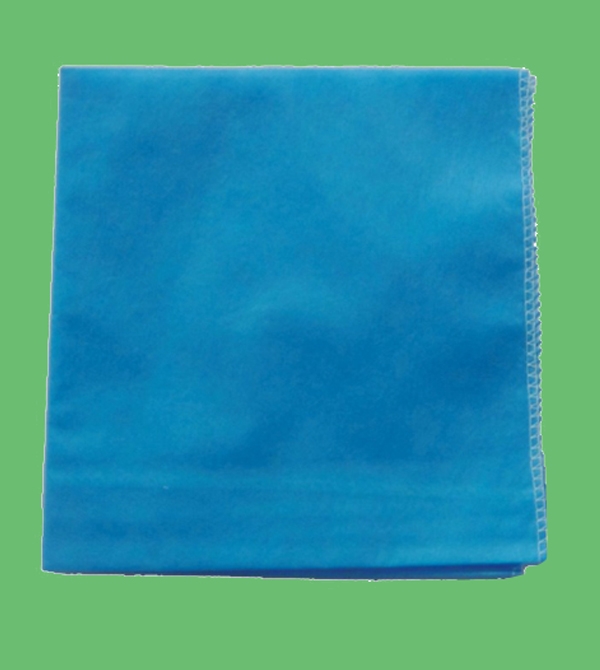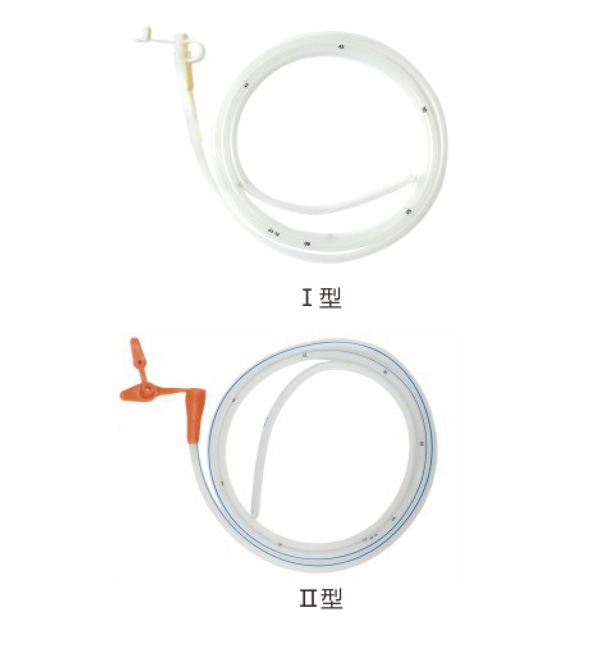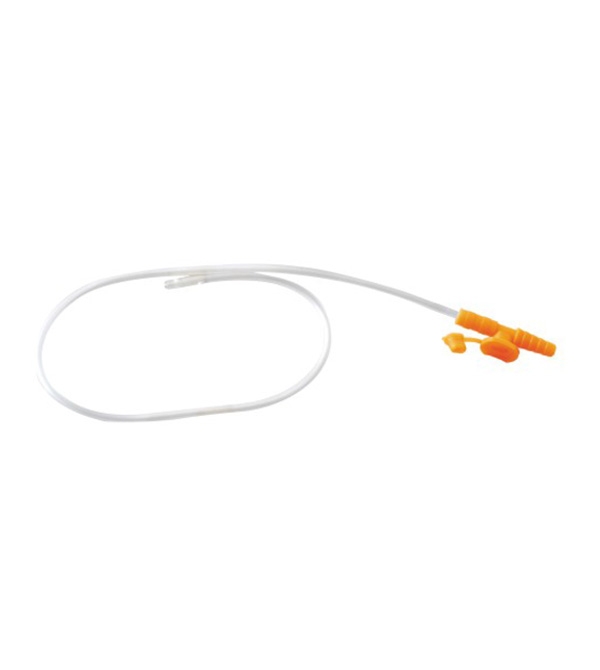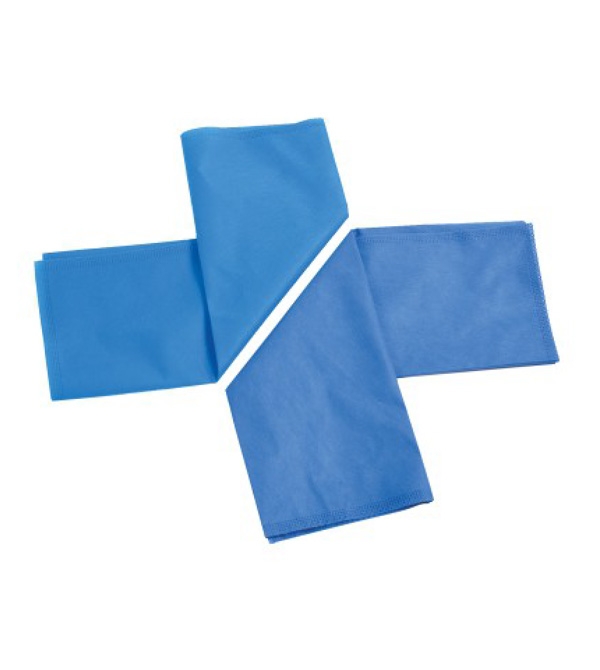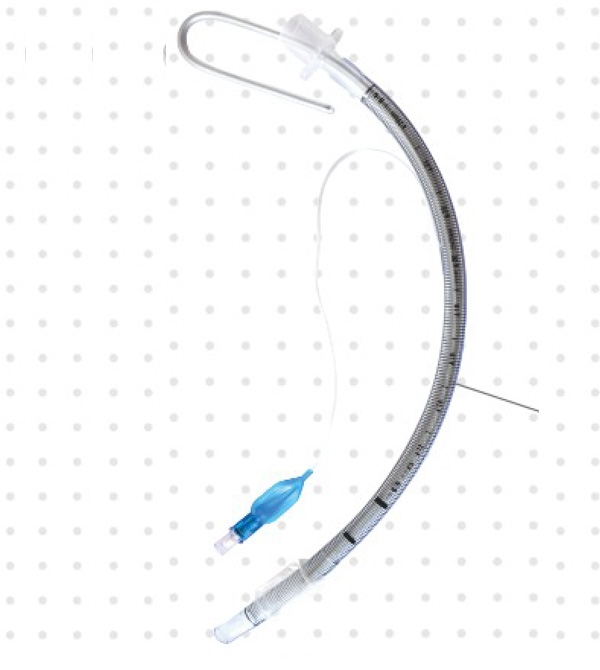Product features: clean and smooth, no stain, comfortable, no comfort, good air permeability.
Structure: made of high quality non-woven fabric.
Scope of application: prevention of cross infection, suitable for ward, emergency department, infectious ward and other nursing application.
The prevention and control of medical fabric infection risk is a global achievement, which should be paid more attention to. The clothes, bed sheets and surgical sheets used by medical institutions are contaminated by the blood, body fluid and excreta of patients with infectious diseases, and are infectious. Therefore, it is necessary to stop washing, disinfection and standardized management.
Terminology
Medical fabrics: the textiles that can be reused in hospitals, including clothes, bed sheets, quilt covers and pillow cases used by patients; compulsory clothes and caps used by volunteers; operating clothes and operating sheets; bed curtains, curtains and cloth towels and floor towels for environmental cleaning.
Infectious fabrics: medical fabrics with potential biological contamination risk may be contaminated by blood, body fluids, secretions (excluding sweat) and excreta of patients with isolated infectious diseases (including infectious diseases and multidrug-resistant bacteria infection / colonization) in hospital.
Dirty fabric: all used medical fabrics except infectious fabric in hospital.
Fabric circulation warehouse: a place set up by hospitals with socialized washing effect institutions, where cleaning and cleaning are separated and used for receiving used medical fabrics and distributing washed and disinfected medical fabrics.
Management and technical requirements:
For the clinical application of medical fabrics, departments / departments should follow the principle of "meeting the clinical obligation needs, changing the pollution at any time", regulating the frequency of fabric change after use, and setting up a record of change.
If a hospital chooses a socialized washing agency, it should suspend the examination of its qualification (including the business license, and conform to the management rules of relevant departments such as business and environmental protection).
When signing the contract with socialized washing institutions, the hospital should stop the investigation and risk assessment on their effectiveness, qualification and ability in advance, know the responsibilities of both parties, and establish a medical fabric exchange system and quality acceptance standard recognized by both parties.
Attention should be paid to the layout requirements. Pollution area and clean area should be distinguished. There should be complete isolation barrier between the two areas. Isolation barrier can be set in the clean area. Hand washing equipment should be set up in the contaminated area and each changing room (buffer room), and the non touch tap switch should be used.
It is suggested that the hospital should regulate the transportation route of medical fabrics, avoid stacking of medical fabrics and cleaning fabrics, and set up public elevators if conditions permit; when transporting used medical fabrics in the hospital, there should be blocked public transport tools, and should not be cross used with the transportation of clean fabrics, and pay attention to the cleaning and disinfection of their public transport obligations.
The public transport vehicles and containers of medical fabrics and cleaning dirt should be cleaned and soiled separately after being transported and used by socialized washing effect institutions, and should not be mixed with non-medical fabrics. The sealing management, cleaning and disinfection management of transport / delivery vehicles should be strengthened.


